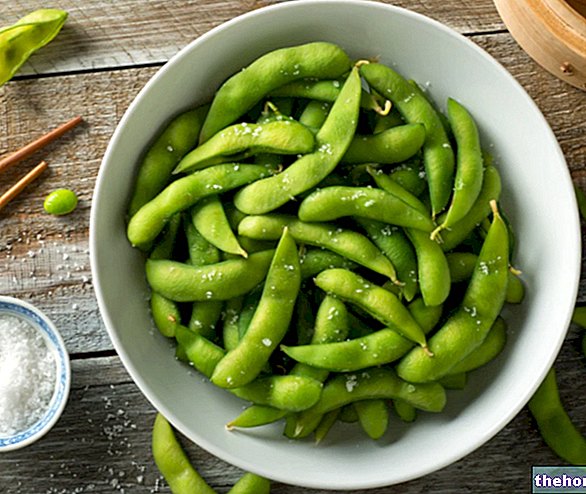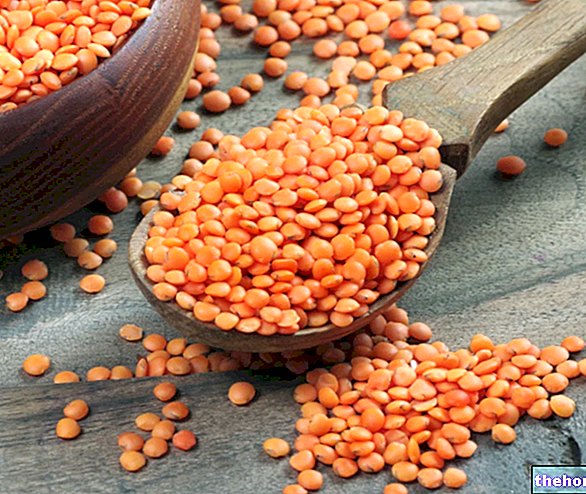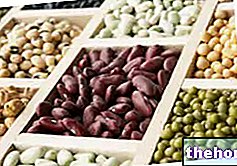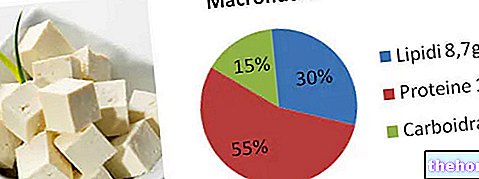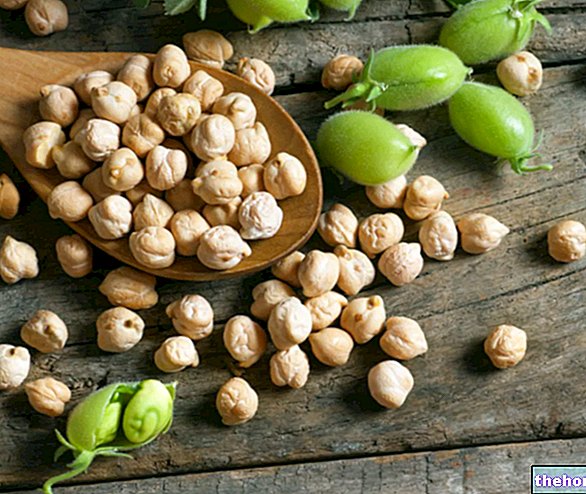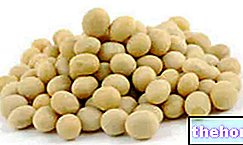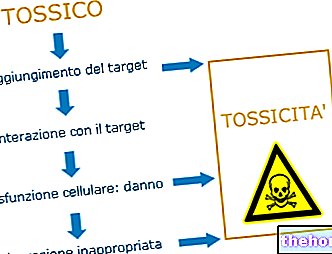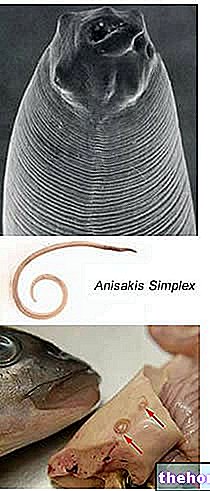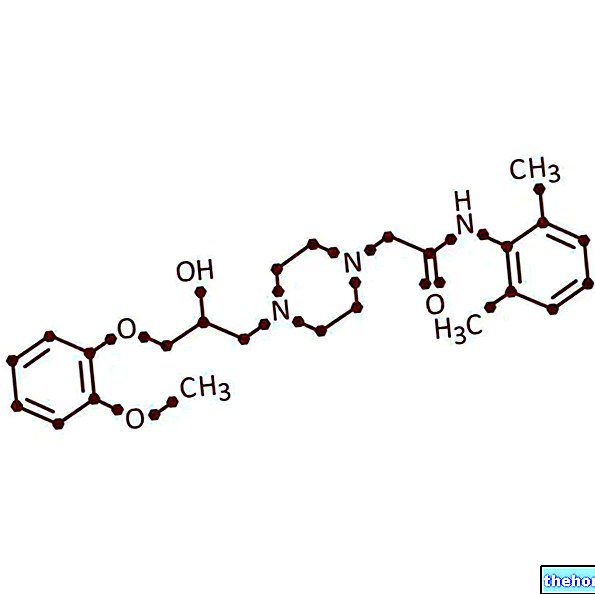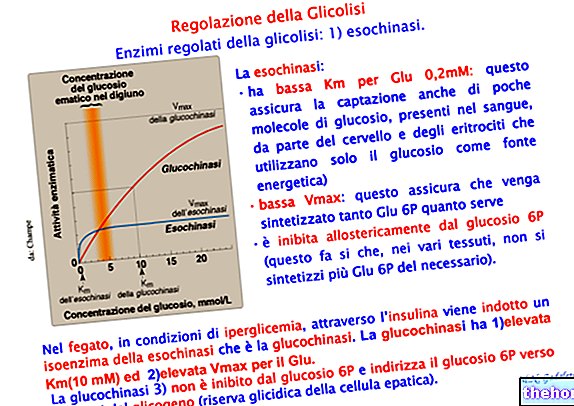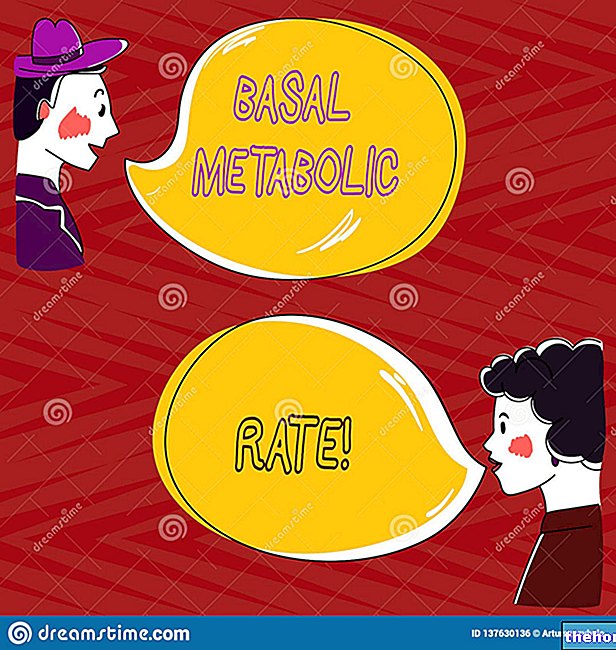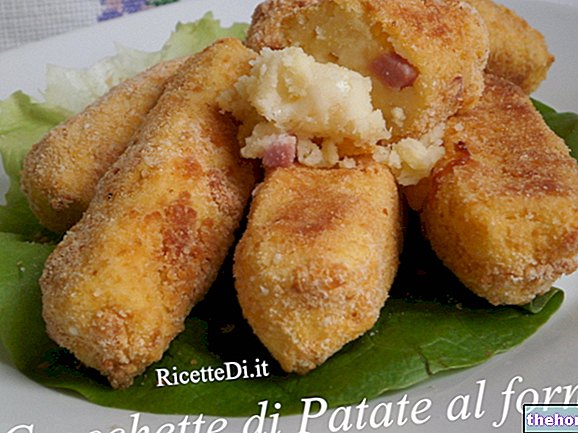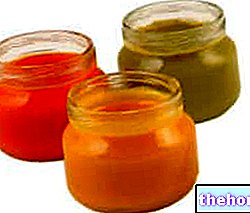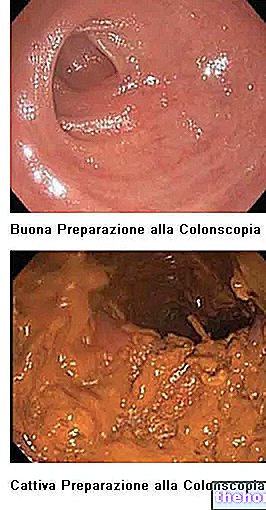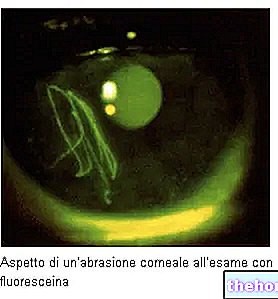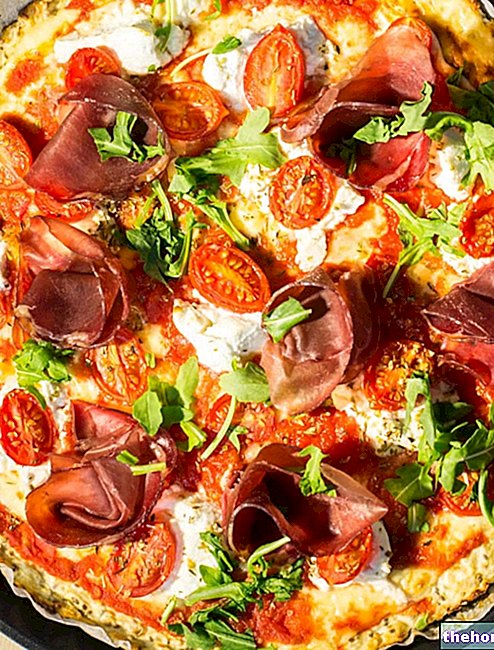Generality
Chickpea farinata (or fainà, in Genoese) is a typical Italian food, particularly from the Liguria region. However, it is also widespread in other places, often limited to provinces or municipalities in regions that are sometimes very distant from each other; some examples are: Nice, Livorno and Pisa from Tuscany, Alessandria from Piedmont, Sassari from Sardinia and Ferrara. of Emilia Romagna.
Among the synonyms of chickpea farinata, common in the places indicated above, are mentioned: socca, Torta or cecìna, belécauda, fainè and cecio.

Preparation of Chickpea Farinata
It is a food produced starting from a slurry of:
- chickpea flour
- water
- extra virgin olive or corn oil (or 50% and 50%)
- salt and ground black pepper;
The compound then goes:
- left to rest (about 10 hours) mixing it and skimming it from time to time,
- put in a low copper pan (called testo) well greased and hot
- baked in the oven (about 200-250 ° C for about twenty minutes).
Some variants include the addition of: rosemary, sausage, onion, artichokes, fish cheeses, etc. (some of these require pre-cooking).
Other recipes very similar to chickpea farinata are: Ligurian panissa, Savona slice and panelle.
For more information on the preparation of Chickpea Farinata, see Alice's video-recipe: Chickpea Farinata (With Little Oil).
Chickpea porridge (with a little oil)
Problems with playing the video? Reload the video from youtube.
- Go to the Video Page
- Go to the Video Recipes Section
- Watch the video on youtube
Nutritional Characteristics
Chickpea farinata is a food that can fall into various categories; the most pertinent one is undoubtedly referring to bread substitutes, but it does not clash even between first courses and appetizers (in small portions).
It is a fairly energetic product but less caloric than bread, thanks to the greater ability to absorb water of chickpea flour compared to that of wheat.
Calories come mainly from lipids, followed by carbohydrates and finally proteins. The fibers are abundant and cholesterol absent.

Nutritional values (per 100 g of edible portion)
The fatty acids of the triglycerides are those typical of extra virgin olive oil, therefore above all of a monounsaturated nature. The carbohydrates appear essentially complex, ie consisting of the starch of chickpeas. The proteins, quantitatively quite scarce, are of medium biological value.
As for the mineral salts, chickpea porridge stands out for the "excellent quantity of iron; even potassium does not disappoint. With regard to vitamins, however, no noteworthy levels are observed; however, various water-soluble molecules of the group B.
Chickpea farinata is suitable for any diet, but its portion must take into account the subjective nutritional status; being a medium caloric product and easy to abuse, it is better to limit its use in people suffering from overweight.
It has no contraindications for people with metabolic diseases, except for hypertensive people who must exclude salt from the recipe and avoid adding it at the end of cooking.
It is granted to lactose and gluten intolerant people, and is suitable for vegetarian or vegan diets.
The average portion of classic chickpea porridge (as a first course) is about 200-250g (320-400kcal).
For more information on the nutritional characteristics of the “dietetic” version of Chickpea Farinata, consult Alice's video-recipe: Chickpea Farinata (With Little Oil).
Background
The chickpea farinata is nothing other than the evolution of the ancient recipes based on pounded legumes.
According to a legend, the combination of chickpeas, oil, water and salt was born by mistake in the thirteenth century; in short, during the naval conflict between Genoa and Pisa, a storm damaged the Ligurian boats. The galley was compromised, mixing the chickpeas with oil and sea water. In the following days, this compound was proposed to the crew, who found that it improved in the following days by drying in the sun.
Other Foods - Legumes Peanuts Chickpeas and Chickpea Flour Cicerchie Beans Azuki Beans Green Beans Broad Beans Falafel Chickpea Flour Bean Flour Bean Flour Lentil Flour Pea Flour Soy Flour Legumes Lentils Lupins Peas Soy Jackdaws Tempeh Tofu Yogurt ARTICLES Soy OTHER Categories Alcoholics Meat Cereals and derivatives Sweeteners Sweets Offal Fruit Dried fruit Milk and derivatives Legumes Oils and fats Fish and fishery products Salami Spices Vegetables Health recipes Appetizers Bread, Pizza and Brioche First courses Second courses Vegetables and Salads Sweets and Desserts Ice creams and sorbets Syrups, Liqueurs and grappas Basic Preparations ---- In the Kitchen with Leftovers Carnival Recipes Christmas Recipes Diet Recipes Light Recipes Women's Day, Mum, Dad Functional Recipes International Recipes Easter Recipes Recipes for Celiacs Recipes for Diabetics Recipes for Holidays Recipes for San Valentino Recipes for Vegetarians Recipes p roteiche Regional Recipes Vegan Recipes

